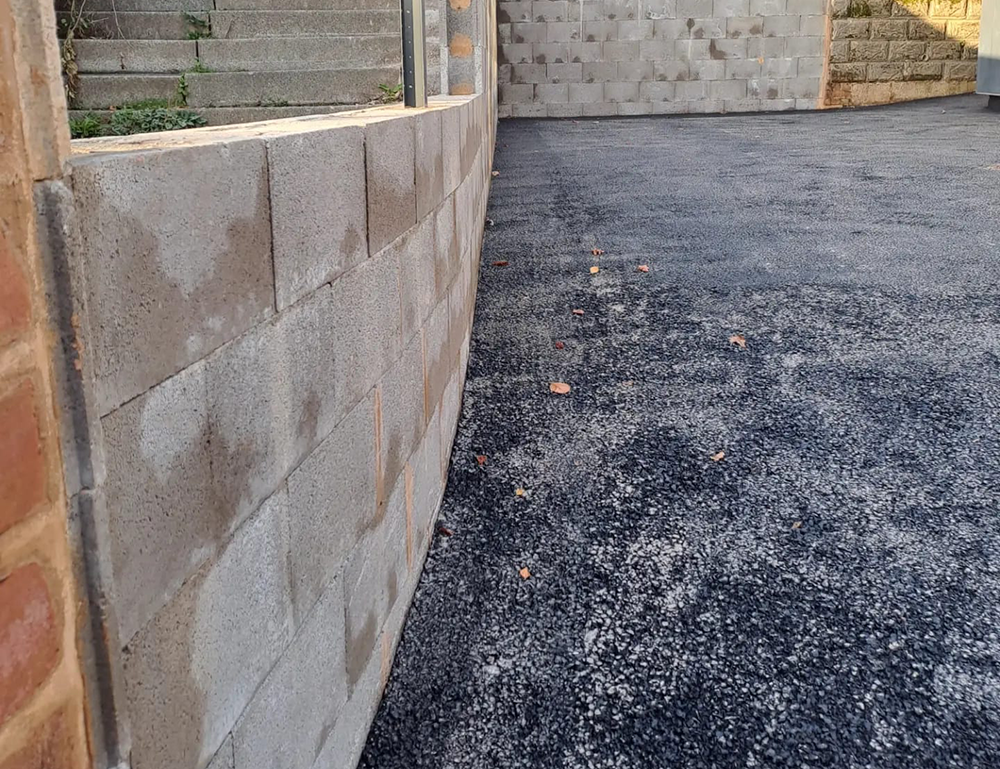Thin Coat Silicone Rendering is a popular exterior wall coating system that has been around for many years. It is used to improve the appearance, durability and insulation of exterior walls. It can also be used in conjunction with other wall coatings such as brickwork, brick slips, and stone cladding to enhance their performance. The key advantage of Thin Coat Silicone Rendering is its ability to provide a breathable, waterproof, and fire-resistant layer to the exterior of buildings. This renders the building much more durable and resistant to weathering and other external factors. In addition, it adds an extra layer of protection from moisture and water ingress, which can cause significant damage if left unchecked. There are several steps involved in the application of Thin Coat Silicone Rendering. Firstly, the substrate must be prepared by removing any existing coatings or debris, ensuring that all surfaces are clean and free from dirt. Then, a primer is applied to help promote adhesion and ensure an even finish. The primer should be allowed to dry before the actual rendering is applied.
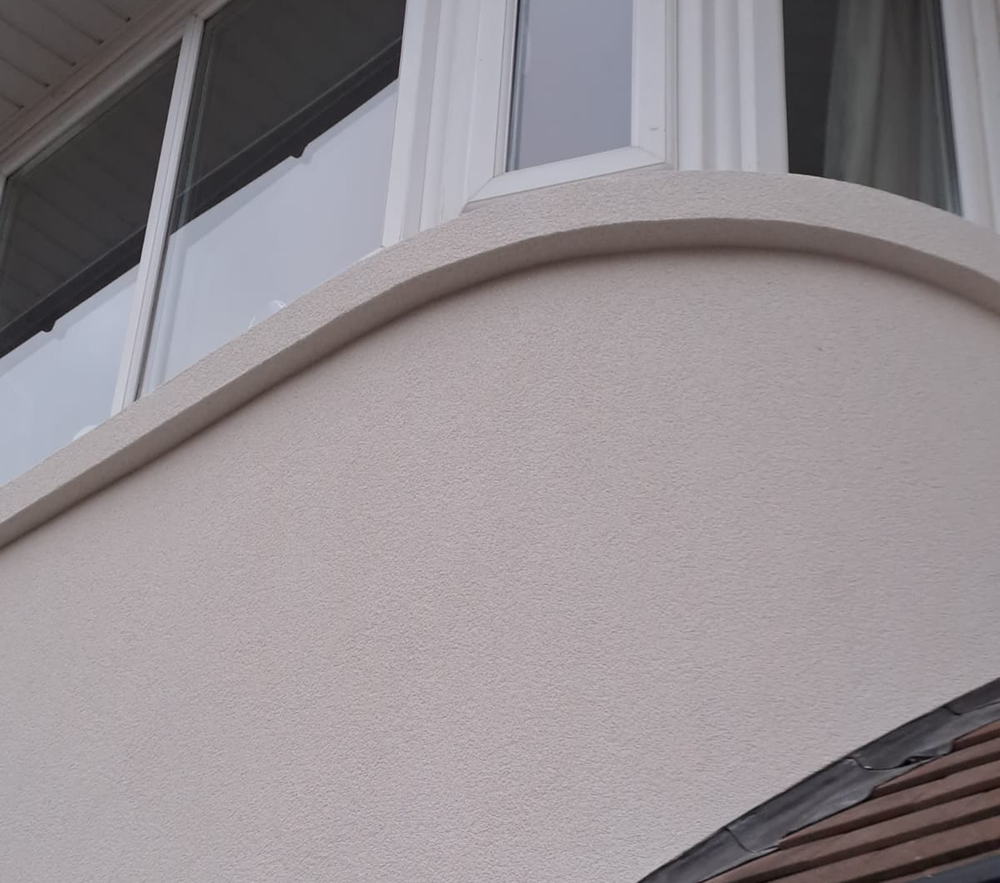
Once the primer is dry, a thin layer of silicone render is applied using a trowel or roller. The thickness of the render depends on the type of substrate and what kind of finish is desired. Typically, two coats of render are recommended, with a minimum thickness of 1mm per coat. If a thicker finish is desired, up to 3mm may be applied in each layer. When applying Thin Coat Silicone Rendering it is important to ensure that it is evenly spread across the substrate surface and that no air bubbles are formed underneath the coating. Once applied it should be allowed to dry for several days before any further coats are added. If additional coats are required it should be done in stages to ensure that the render does not become too thick or unevenly distributed. It is also important to ensure that the render does not contain any voids or cracks as this can reduce its effectiveness and lead to moisture build up within the wall structure. Once fully cured, Thin Coat Silicone Rendering provides an attractive finish which can last for many years without requiring significant maintenance or repair work. Its breathability also helps to prevent condensation from forming within the wall structure which can lead to serious problems such as damp patches and mould growth. Additionally, its fire-resistant properties make it a great choice for
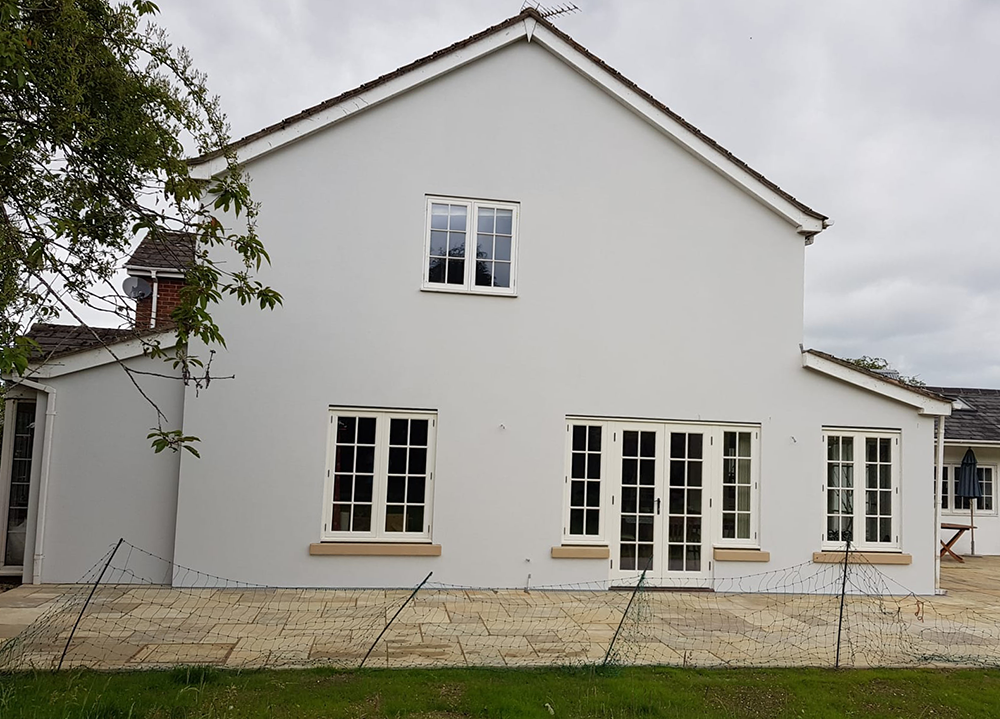
Thin coat silicone rendering is an increasingly popular choice among homeowners and builders for finishing the exterior of a building. This type of render is a thin layer of silicone coating applied over the existing substrate or wall to provide a waterproof, weatherproof, and decorative finish. It is used for both new builds and renovations, and can be applied to a variety of surfaces such as concrete, brick, stucco, and masonry. In comparison to traditional renders such as cement or lime, thin coat silicone render has a number of advantages that make it a desirable option. These advantages include: Durability – Thin coat silicone render is exceptionally durable and highly resistant to damage caused by extreme weather conditions, such as strong winds and heavy rain. The material is also resistant to cracking, peeling, fading, and other forms of wear and tear. In addition, because it is applied in such a thin layer, it is much easier to repair than thicker renders.
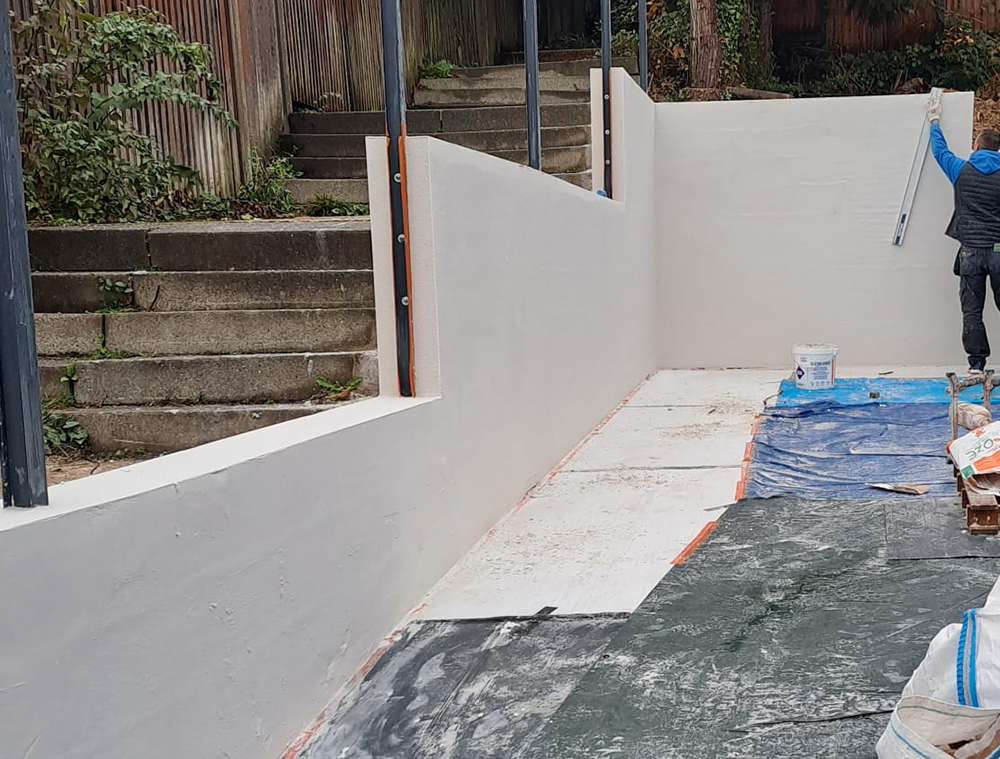
Low Maintenance – Thin coat silicone render requires very little maintenance, as it does not require repainting or resealing like other renders. The material is also resistant to mould and mildew, meaning that it does not need to be regularly scrubbed or cleaned. This makes it an ideal solution for busy households or those who are looking for a low maintenance solution for their home’s exterior. Cost-Effective – Thin coat silicone render is much more cost effective than other forms of render due to its low labour costs. Because it is applied in such a thin layer, it requires less time and effort to apply than traditional renders. This makes it an affordable solution for those on a budget. Environmentally Friendly – Thin coat silicone render is made from environmentally friendly materials that are non-toxic and recyclable. This makes them an ideal choice for those looking to reduce their carbon footprint. The material also helps insulate the building, resulting in lower energy bills over time.
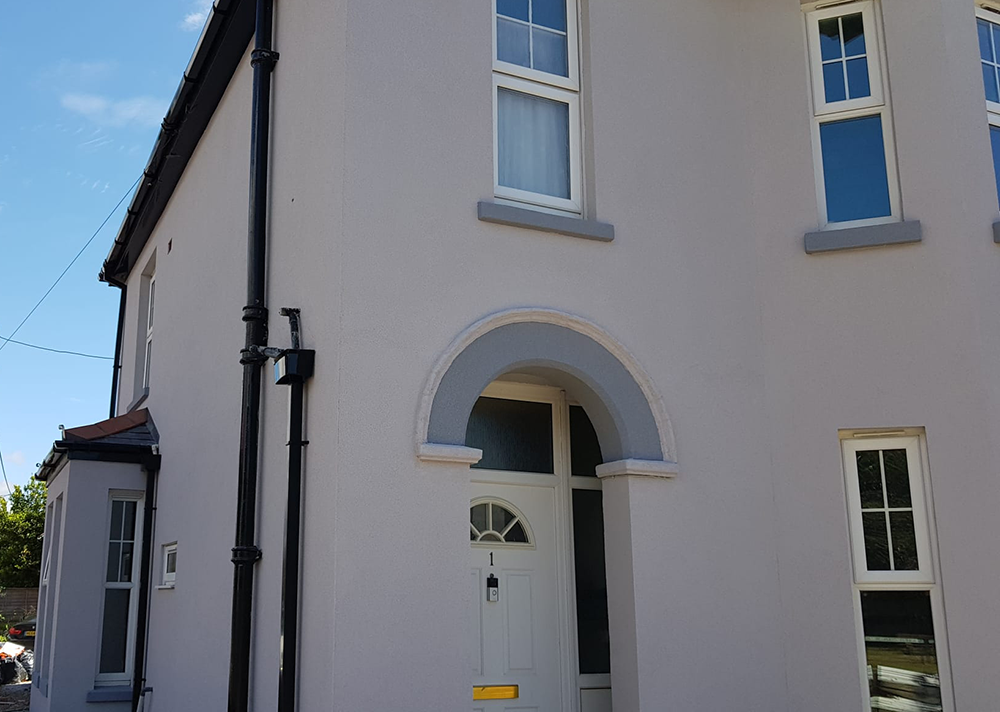
Aesthetically Pleasing – Thin coat silicone render can be applied in a variety of finishes and colours, making it ideal for those wishing to add aesthetic appeal to their home’s exterior. The finish can be tailored to the individual’s tastes and needs, giving the building a unique look that stands out from the crowd. These are just some of the many benefits that come with using thin coat silicone render. It is a durable, low maintenance, cost-effective, and environmentally friendly solution that can provide an attractive finish to any home’s exterior. With its ability to add aesthetic appeal as well as provide protection from the elements, thin coat silicone render is quickly becoming a popular choice among homeowners and builders alike.
